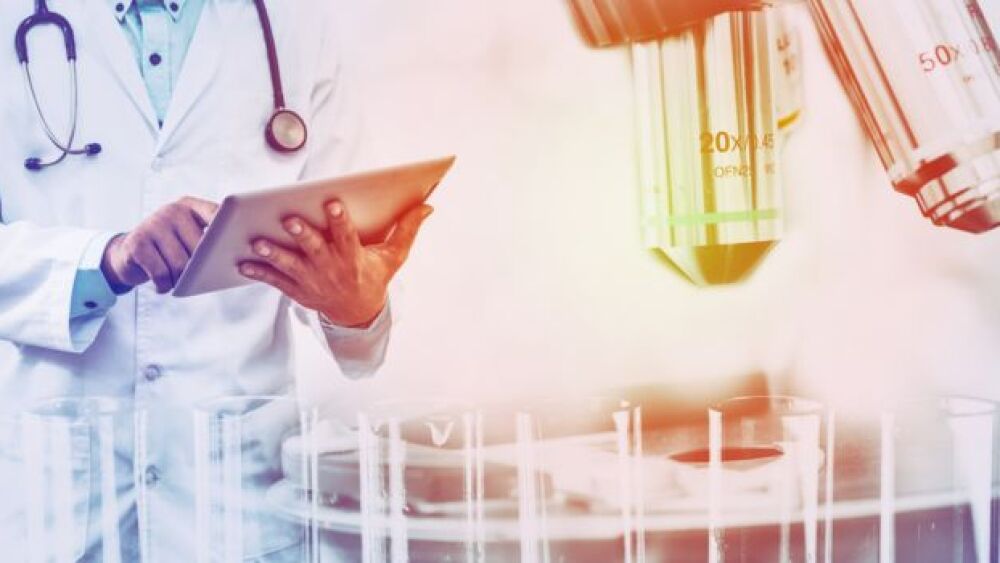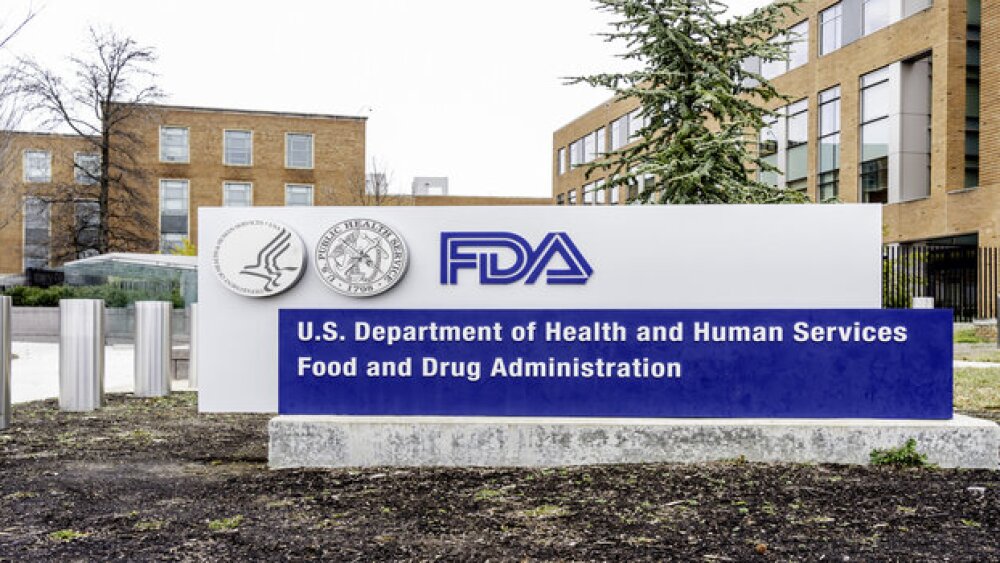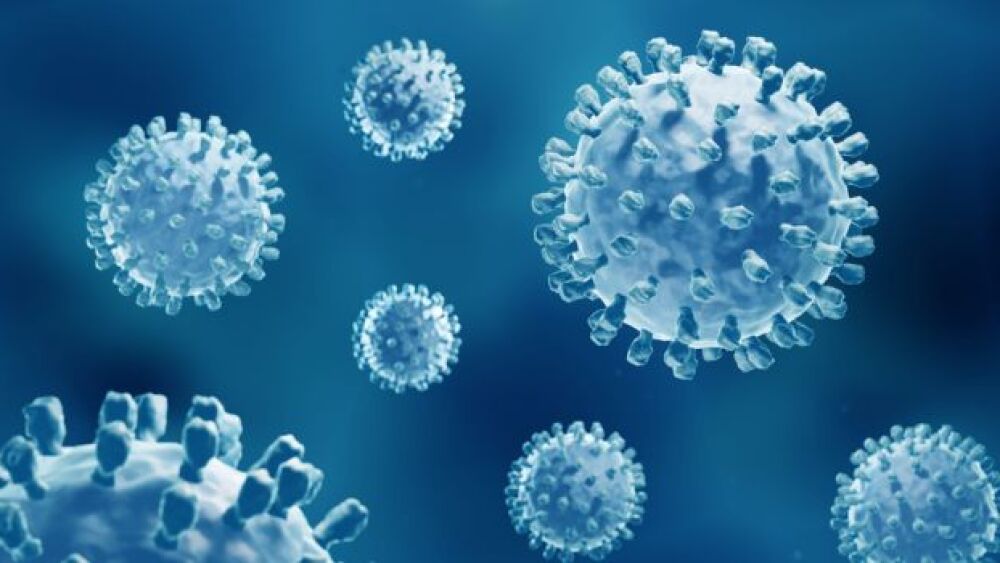Mr. Yoshihide Fujii, Chairman and CEO of Toshiba America, Inc.: “Twenty years ago when ExploraVision was first launched, Toshiba had high hopes for a program that we believed could help motivate young people to excel in science and technology fields, and help them understand the value of scientific research and critical thinking. We could never have imagined that after two decades, ExploraVision would have been embraced by so many teachers and evolve into the valuable educational program it is today – and that hundreds of thousands of students across the U.S. and Canada would bring their intelligence, optimism, imagination and energy to the challenge. It is especially gratifying to know that many of our ExploraVision students have gone on to pursue careers in science and engineering fields! Toshiba is a company that has always placed the highest priority on innovation and technology, and we are exceedingly proud that ExploraVision has been such a tremendous success.”
“As we celebrate the 20th year of ExploraVision, we are reminded of all the amazing projects that students have created over the years. It’s truly inspiring to see students, immersed in real-world science, developing unique and innovative technologies while learning the necessary life skills of team work and cooperation,” said NSTA Executive Director Dr. Francis Eberle. “We are extremely proud of all the winners, current and from years past, and commend all the teachers and mentors for their dedication, enthusiasm and encouragement of their students to explore science.”
Inspiring STEM Education to “Grow” a Better Future
ExploraVision immerses students in important STEM (Science, Technology, Engineering and Math) education, and their ideas for beneficial future technologies reflect a clear appreciation for scientific endeavor and the tools of advanced technology. Each year, many ExploraVision teams tackle major issues facing the world, such as the environment, energy efficiency and education. Important health issues are often top-of-mind. This year, for example, a team of 4-6th grade students from Sacred Heart School in Hartsdale, NY, developed an idea for a chewy innovation in health care called Strep-A-Gum: An Effective, Delicious Way to Test for Strep Throat. A tasty alternative to conventional, often gag-inducing swab tests for Strep Throat, the medical gum would change colors in the presence of Streptococcus, improving the test experience for patients and helping reduce the spread of the infection. The Walking Stick for the Blind, envisioned by a team of K-3rd grade students from Willow Grove Elementary in San Diego, would allow the visually impaired to get out and about on their own, with a built-in brail keyboard that would provide directions, plus a GPS navigation system to calculate routes and provide voice directions. The Scar-Aid, imagined by a team of 7-9th grade students from the Thomas Jefferson High School for Science and Technology in Alexandria, VA, is a chemical mediator bandage that would use a three dimensional matrix of chemicals to prevent hypertrophic and keloid scar formation after burns, surgery or other traumas. A second team of students from Thomas Jefferson High also won the Regional award, this time in the 10-12th grade category, for their project: Using Induced Pluripotent Stem Cell Therapy to Treat Corneal Endothelial Damage. The new method of treating the vision-threatening condition would inject special stem cells into the eyes endothelial layer in order to regenerate it and help restore clear vision.
Imagining a happier world of more smiles, a team of 10-12th grade students from University Laboratory High School in Urbana, IL envisioned MIROR Technology (Minimally Invasive Robotic Orofacial Repair Technology), an in-womb robotic surgical device to repair diagnosed cleft lip of palate defects before birth! Another team of 10-12th grade students from Westwood High School in Austin, TX devised a new treatment for pancreatic cancer called LANAPT (Ligand Attached Nanoshells Assisting Photothermal Therapy) that would use gold nanoshells and “biomolecules” to recognize and destroy only cancerous cells, leaving healthy ones alone. And a team of 10-12th grade students from The Bronx High School of Science came up with the idea for SPINES: Spinal Pulse Inducing Neuro Electric Stimulator. The device would provide new freedom of movement for patients suffering from paralysis, using electrical impulses to stimulate damaged neurons and muscles. Finally, taking aim at yet another health issue, a team of 10-12th grade students from Chaminade College Prep in West Hills, CA, came up with the idea for The Signal Absorber, a new type of treatment for people suffering from the debilitating effects of Tourette’s syndrome. The Absorber would utilize an implanted computer chip in the subject’s brain to prevent “tics” from occurring.
Fewer Trips to the Dentist?
Cutting down on dreaded trips to the dentist may have been on the minds of some of this year’s winners. The Cavity Prevention Detector (CPD), imagined by a team of K-3rd grade students from the Francis Scott Key School in Philadelphia, is a toothbrush that would detect and prevent cavities by the use of tiny light sensors on the bristles, relaying information to a computer chip inside the brush. A team of K-3rd grade students from Springs Christian Academy in Winnipeg, MB, mirrored the thinking of the Philadelphia team, envisioning “The Fascinating Toothbrush Sensor,” with its own sensor to detect the presence of cavity-causing bacteria.
Making Schools “Smarter”
This year, several regional winners envisioned ways to enhance the school experience. The S.M.A.R.T. School, envisioned by a team of 4-6th grade students from the Countryside Montessori Charter in Land O’ Lakes, FL, would be an entire building constructed using piezoelectric materials that would allow it to harness the human energy students and teachers expend during the day to power the lights, create heat and even sharpen pencils! A team of K-3rd grade students from the LD Batchelder School in North Reading, MA, suggest that the SMARTdesk could someday replace conventional school desks, featuring wireless computer technologies and a touchscreen – it will even save teachers time by grading papers and exchanging information with students quickly. A team of K-3rd grade students from Flippen Elementary School in McDonough, GA, took their idea outside the school to the athletic fields. Their project, COOL PADS: Shoulder Pads that Keep Players from Overheating, would be a welcome refresher for football players, providing a cooling system with built-in temperature sensors to keep players from getting overheated on the gridiron.
There was a great deal of variety in this year’s regional winners, with many teams coming up with ideas for future technologies that would make life a little easier, more pleasant, and fun. The benefits of a good night’s sleep was on the mind of a team of K-3rd grade students from John Ross Elementary in Edmond, OK, when they imagined The Scent Clock – an aromatherapy sleep aid device that would help you get a good sleep at night while smelling lavender or another somnolent herb, and automatically wake you up with a refreshing “wake up smell” like peppermint or lemon!
A 4-6th grade team from St. Rose of Lima Academy in Short Hills, NJ, envisioned Poseidon’s Shield, a new kind of diving suit with fibers that simulate fish scales, as well as a heating system and special bioluminescence feature that would allow divers to reach deep ocean depths without being crushed by the pressure. And the Night Lens, inexpensive night vision contact lenses made of an advanced substance called “Siloxane” and a specially designed photocathode for seeing in the dark, was envisioned by a team of 4-6th grade students from LaSalle Springs Middle School, Wildwood, MO.
Water Everywhere… and More Healthy Drops to Drink!
This year, two regional winners imagined ways to help solve the worldwide crisis caused by a scarcity of potable water. A team of 7-9th grade students from The Alternative School for Math and Science in Corning, NY, proposed Radiclear, a system to Filter High Levels of Radium from Water, a system that would help ensure healthy drinking water around the world by combining magnesium oxide with carbon nanotubes to separate dangerous radium from water. Another team, of 10-12th grade students from North Carolina School of Science and Mathematics, Durham, NC, tackled the problem of scarce drinking water around the world with Amphipathic Films for Water Collection, a technology that would extract water vapor from the air and condense it for clean non-polluted drinking water.
Finally, safety on the roads is an issue that affects millions of people, and a team of 4-6th grade students from Morse Elementary in Troy, MI, proposed the Tread Transforming Smart Car – a new type of high-tech ride that would utilize a central computer system to be traffic, terrain, and weather aware, and capable of making intelligent decisions to alter its tire treads depending on various conditions.
First-Ever 20th Anniversary Award Winners
To celebrate the program’s 20th anniversary, the teacher who submitted the most student projects in each grade category received the ExploraVision “20th Anniversary Award,” a Toshiba Thrive tablet. The winning teachers are: Laura Haddad (K-3rd grade category) from The Dalton School in New York City, Debbie O’Brien (4-6th grade category), from Pine Crest School in Fort Lauderdale, Brian Knoop (7-9th grade category) from St. Henry Catholic School in Nashville, TN, and Barsoum Kasparian (10-12th grade category) from Chaminade College Prep in West Hills, CA. In addition to the individual teacher awards, Chaminade College Prep will also receive a Toshiba Classroom package consisting of a TV/DVD combo LED TV, a “kid-friendly” PC, 10 LED light bulbs, a Thrive Tablet and an award for being the school with the most overall submissions in 2012.
About the ExploraVision Program…
ExploraVision challenges students, working in teams of two to four, to research scientific principles and current technologies as the basis for designing innovative technologies that could exist in 20 years. With its multi-level, imaginative, and fun approach to learning, the program is designed to appeal to a broad range of students of all interest, skill, and ability levels. As a testament to the program’s value as an educational tool, many teachers across the country now incorporate ExploraVision into their regular science curriculum, and for many former ExploraVision winners, the program has served as encouragement to pursue further science-related careers.
On to the National Phase of Competition…
Each of the regional winners will now move on to the national phase of the competition, where they will compete to be named among the eight national winner teams, including four first-place and four second-place winners. Students on the four first-place ExploraVision national winner teams will each receive a $10,000 US Series EE Savings Bond valued at maturity. Students on second-place teams will each receive a $5,000 Savings Bond valued at maturity. (Canadian winners receive Canada Bonds purchased for the equivalent issue price in Canadian dollars.) The eight teams will also receive an expenses-paid trip with their families, mentor, and coach to Washington, DC for a gala awards weekend in June 2012. Activities will include a visit to Capitol Hill to meet with members of Congress, a Science Showcase during which the students will display and demonstrate their winning ideas, and sightseeing around the nation’s capital. Each of the regional winning teams receives a Toshiba laptop for the school and each member of the regional winning teams will receive a Toshiba HD Camcorder.
For more information or an application for 2013, visit www.exploravision.org or e-mail exploravision@nsta.org. Follow ExploraVision on Twitter at @ToshibaInnovate or join Toshiba Innovation’s Facebook Page at www.Facebook.com/ToshibaInnovation to hear more about ExploraVision.
About Toshiba
The Tokyo-based Toshiba Corporation is a leading innovator and diversified manufacturer and marketer of advanced electronic and electrical products, spanning information and communications equipment and systems, Internet-based solutions and services, electronic components and materials, power systems, industrial and social infrastructure systems, and household appliances. Toshiba employs over 14,000 people in North America and Toshiba America, Inc., is the holding company for five Toshiba operating companies in the United States.
Toshiba’s U.S.-based companies and some of their chief products are as follows: Toshiba America Electronic Components, Inc. (Semiconductors, Flash Memory-Based Storage Solutions, LCD, custom chips, and Hard Disk Drives); Toshiba America Information Systems, Inc. (Laptop Computers, Telephony Products, Flat Panel LCD TVs, and portable products); Toshiba America Business Solutions, Inc. (Copiers, Facsimiles, Printers); Toshiba International Corporation (Motors, Motor Controls, Power Electronics, Power Generation Equipment, Automation); Toshiba America Medical Systems, Inc. (Computed Tomography, Magnetic Resonance, X-ray and Ultrasound); Toshiba America Nuclear Energy Corporation (Advanced Boiling Water Nuclear Reactors); Toshiba America Foundation (Supports science and mathematics education across the United States) and Toshiba of Canada, Ltd. (Made up of four operating divisions).
About NSTA
The Arlington, VA-based National Science Teachers Association (NSTA) is the largest professional organization in the world promoting excellence and innovation in science teaching and learning for all. NSTA's current membership includes approximately 60,000 science teachers, science supervisors, administrators, scientists, business and industry representatives, and others involved in science education.




